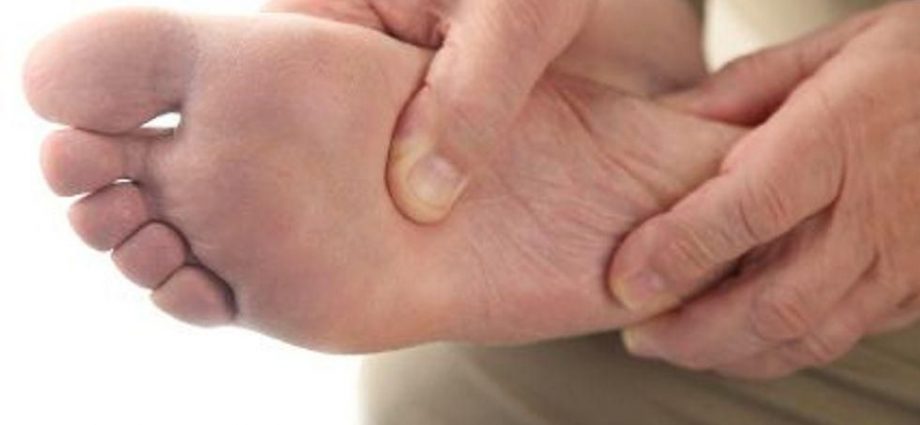THURSDAY, Dec. 30, 2021 (HealthDay News) – A leading medical group has updated a guideline for treating pain and numbness caused by diabetes.
The problems, which affect the hands and feet, are the result of nerve damage, also known as diabetic neuropathy. The new guideline from the American Academy of Neurology (AAN) aims to help doctors pick the best oral and topical treatments for the painful disorder.
“Living with pain can greatly affect a person’s quality of life, so this guideline aims to help neurologists and other doctors provide the highest quality patient care based on the latest evidence,” said guideline author Dr. Brian Callaghan, an associate professor of neurology at the University of Michigan in Ann Arbor and an AAN fellow. “Painful diabetic neuropathy is very common, so people with diabetes who have nerve pain should discuss it with their doctor because treatment may help.”
Before prescribing a treatment, a doctor should first determine if the patient also has mood or sleep problems. Treating those conditions is also important, according to the guideline.
Doctors may offer treatments from three drug classes: tricyclic antidepressants such as amitriptyline (Elavil), nortriptyline (Pamelor) and imipramine (Tofranil); serotonin-norepinephrine reuptake inhibitors (SNRIs) such as duloxetine (Cymbalta), venlafaxine (Effexor) or desvenlafaxine (Pristiq); gabapentinoids such as gabapentin (Neurontin) or pregabalin (Lyrica); and/or sodium channel blockers such as carbamazepine (Tegretol), oxcarbazepine (Trileptal) lamotrigine (Lamictal) or lacosamide (Vimpat).
All may reduce nerve pain.
“New studies on sodium channel blockers published since the last guideline have resulted in these drugs now being recommended and considered as effective at providing pain relief as the other drug classes recommended in this guideline,” Callaghan said in an AAN news release.
In choosing a drug, doctors should consider cost, side effects and other medical problems the patient may have. They should check with patients after they begin a new drug to gauge whether there is enough pain relief or too many side effects, according to the guideline.
If the initial treatment isn’t working or causes too many side effects, the guideline says patients should be offered a trial of another medication from a different class.
Opioids should not be considered for treatment, it adds.
“Current evidence suggests that the risks of the use of opioids for painful diabetic neuropathy therapy outweigh the benefits, so they should not be prescribed,” Callaghan said.
Doctors may also offer topical treatments such as capsaicin, glyceryl trinitrate spray or Citrullus colocynthis to reduce pain. Ginkgo biloba may be helpful, as well as non-drug therapies such as exercise, mindfulness, cognitive behavioral therapy or tai chi, the guideline says.
“It is important to note that the recommended drugs and topical treatments in this guideline may not eliminate pain, but they have been shown to reduce pain,” Callaghan said. “The good news is there are many treatment options for painful diabetic neuropathy, so a treatment plan can be tailored specifically to each person living with this condition.”
The guideline, which updates a 2011 version, was published online Dec. 27 in the journal Neurology.
More information
The American Diabetes Association has more on diabetic neuropathy.
SOURCE: American Academy of Neurology, news release, Dec. 27, 2021
Copyright © 2025 HealthDay. All rights reserved.

